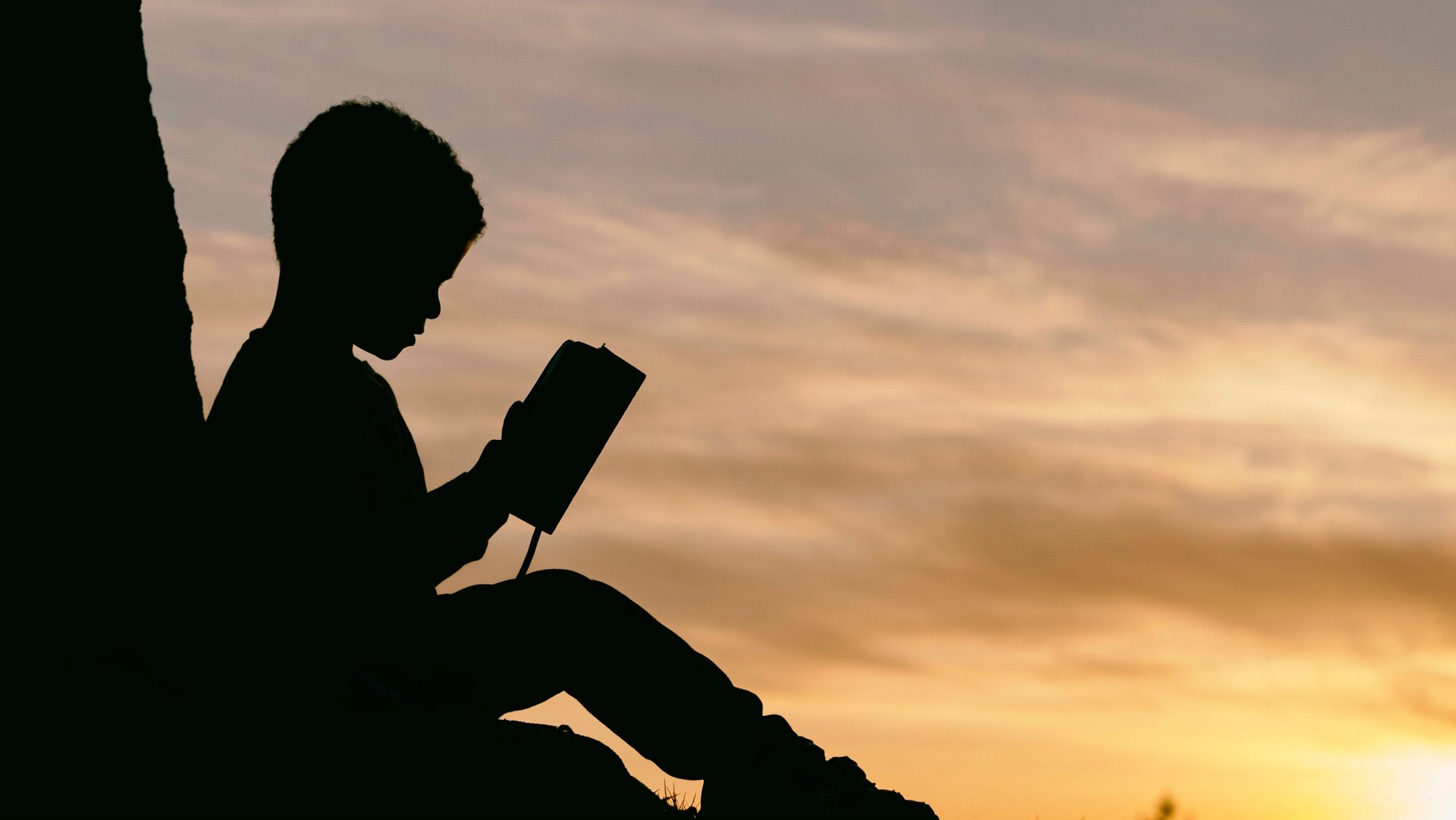Where the world’s fourth-graders read at the most advanced level
Since 2001, the Progress in International Reading Literacy Study (PIRLs) has tested fourth-graders —roughly speaking, 10-year-olds—around the world on how well they read.


Since 2001, the Progress in International Reading Literacy Study (PIRLs) has tested fourth-graders —roughly speaking, 10-year-olds—around the world on how well they read.
In the latest results, Singapore shines once again. On average, 12% of students in 50 countries and entities were judged to read at the highest,“advanced” level. 1 In Singapore, nearly 30% of kids are advanced readers, up from 24% in 2011. In the US, 16% of fourth graders performed at the top level, little changed from 17% in 2011.
In addition to Singapore, other countries scoring highly included Russia, Hong Kong, Ireland, Finland, and Poland.
For the first time, the latest test included an e-reading version, looking at how well kids could read and interpret text online, jogging between websites and analyzing text about things like the exploration of Mars or Elizabeth Blackwell (if you want to try it yourself, here it is). Fourteen countries and two entities took the online version: Singapore ranked top on that, too, followed by Norway and Ireland. The US fared fairly well, coming in sixth place.
Around the world, there are more good readers now than there were 15 years ago, with 96% meeting the test’s lowest international benchmark threshold. Eleven countries improved over the long term (2001 to 2016) and only two—France and the Netherlands—declined; 18 improved over the short term (2011 to 2016), while 10 declined, including Belgium, France, Canada, Denmark, and the US.
More than 319,000 students worldwide participated in the latest edition of PIRLS. It is sponsored by the International Association for the Evaluation of Educational Achievement in Amsterdam. Governments use tests like PIRLs for reading, TIMMs for math, and PISA for math, science, and reading to evaluate how well they are preparing students, and to measure performance against global peers. It can help direct where to invest limited resources, and also judge whether initiatives are working or not. Some critics say the tests have launched an educational arms race, but many think data will help inform the better deployment of resources.
Girls outperformed boys in 48 of the 50 PIRLS countries, and in the other two countries there was no significant difference. The gender gap in reading achievement has favored girls since 2001, and does not appear to be closing.
Not surprisingly, students who attended preprimary education and/or have parents who engage them often in early literacy activities had higher reading achievement than their peers who didn’t have such benefits.
The test was not all good news. A shocking one in four students students arrive at school hungry every day, and their reading performance suffered as a result: they scored 32 points lower than students who arrived at school never feeling hungry.